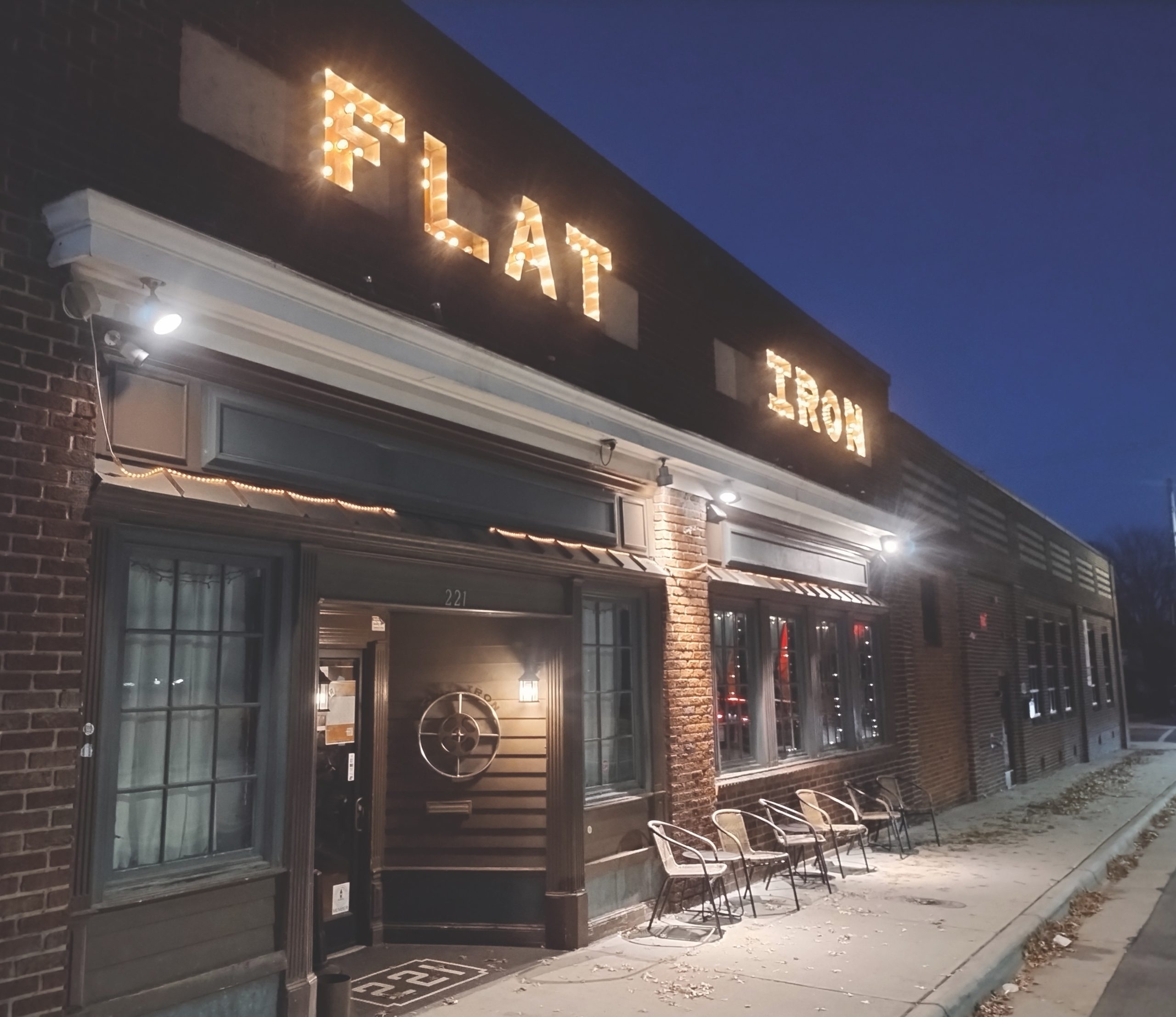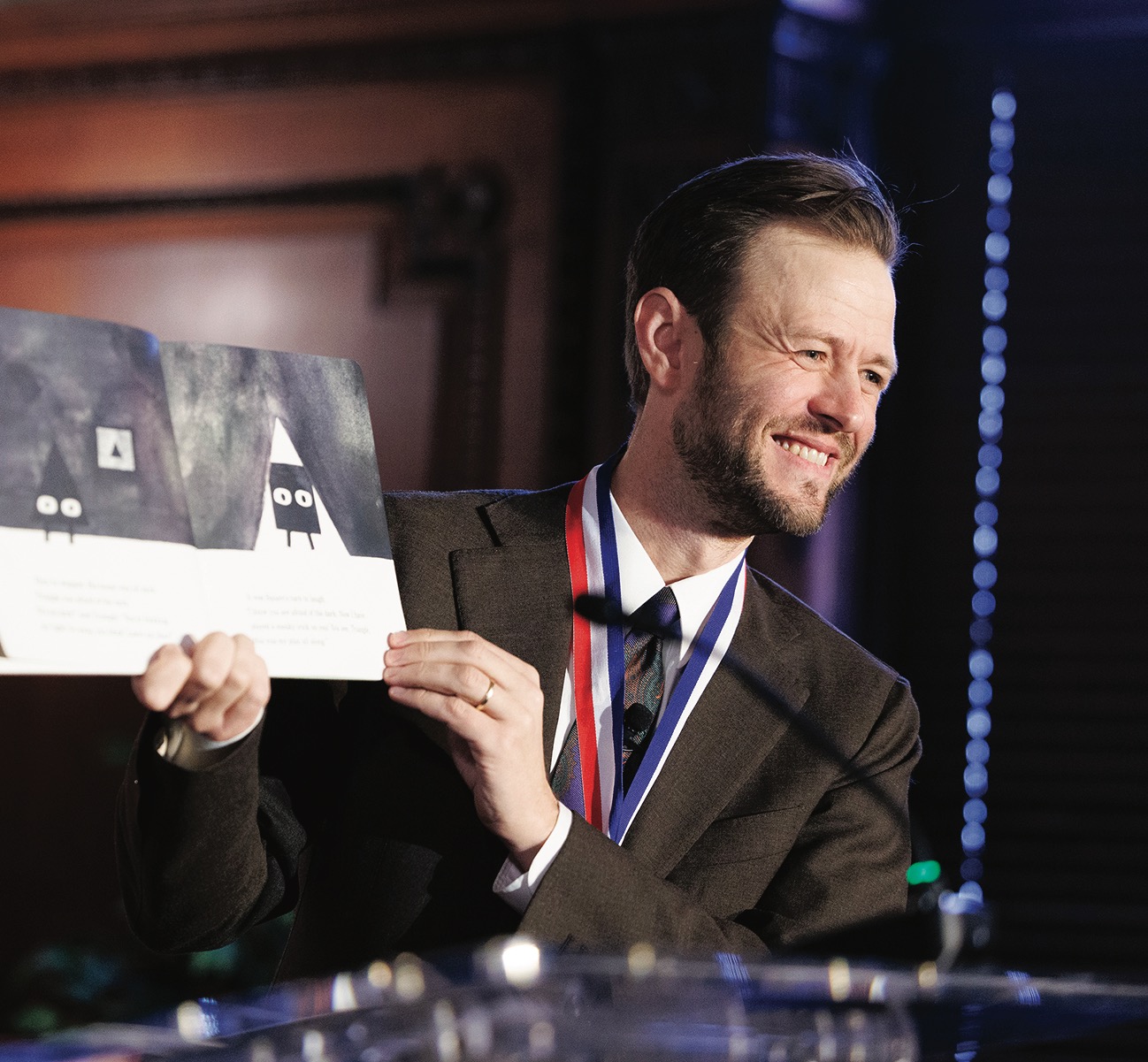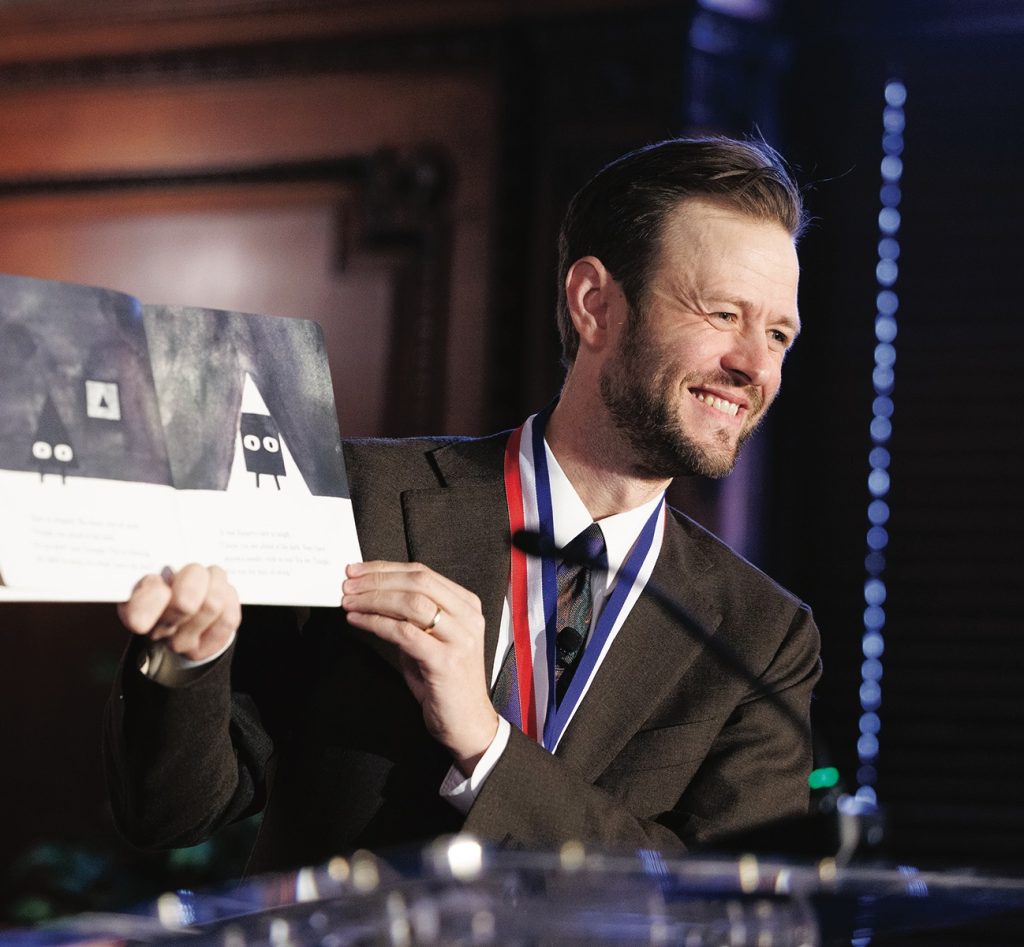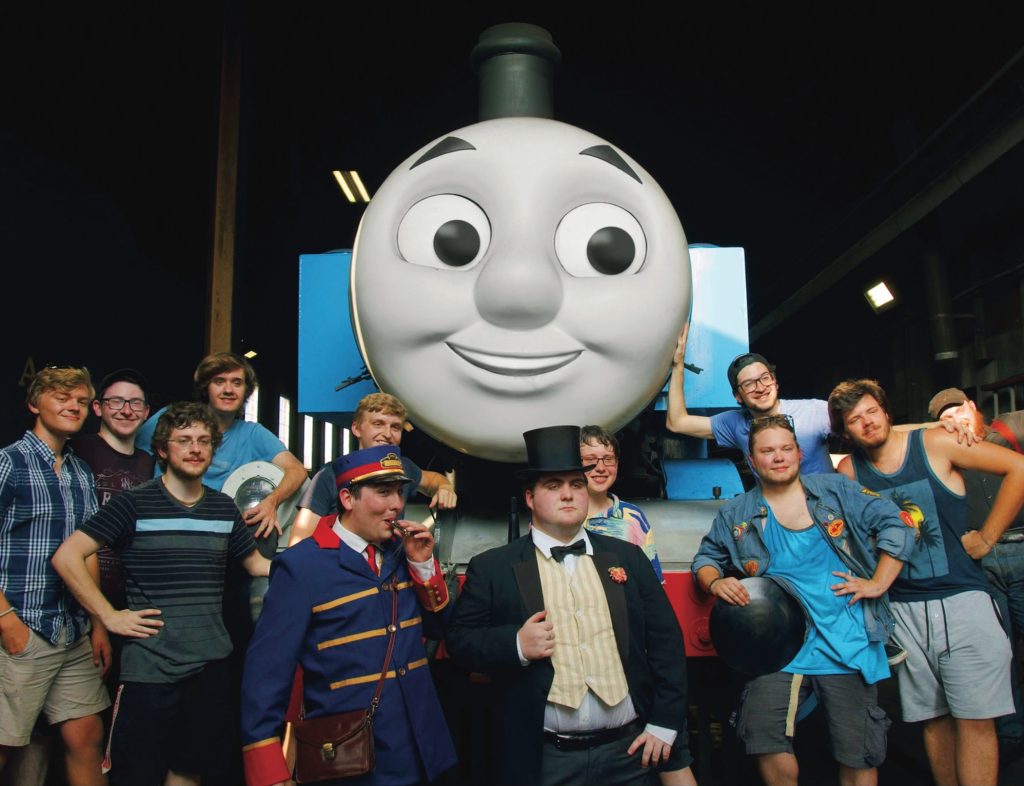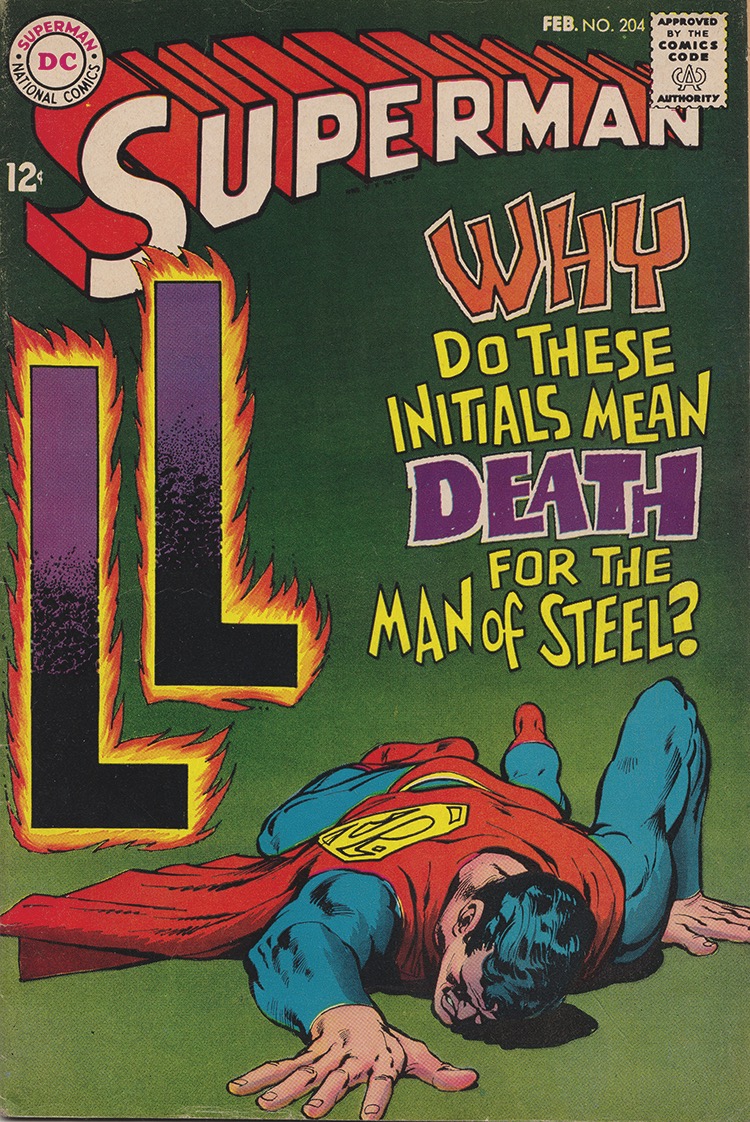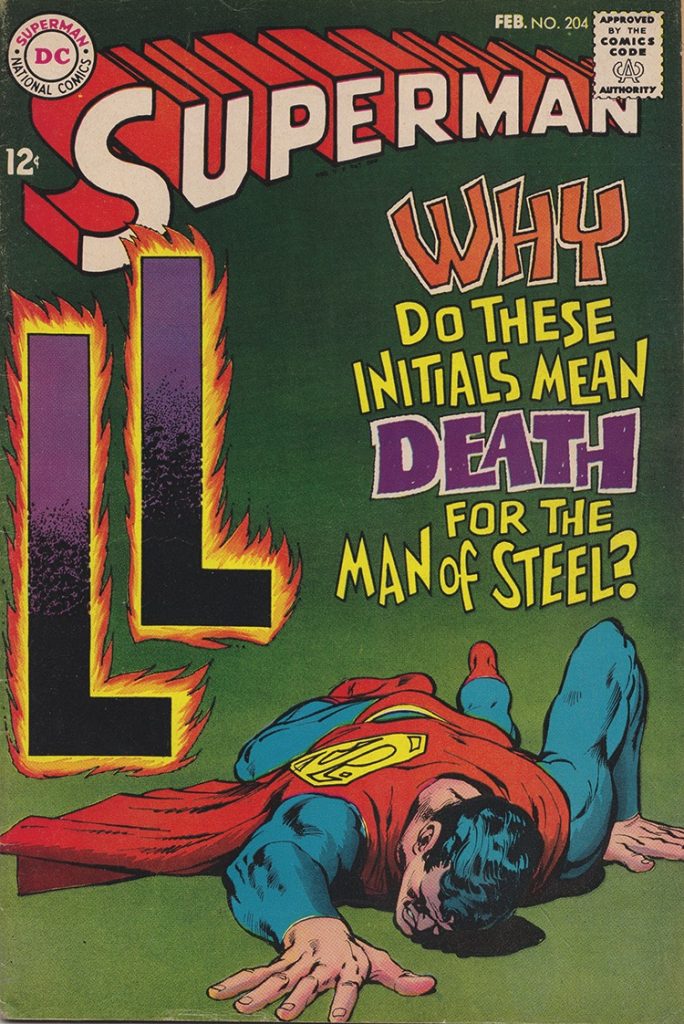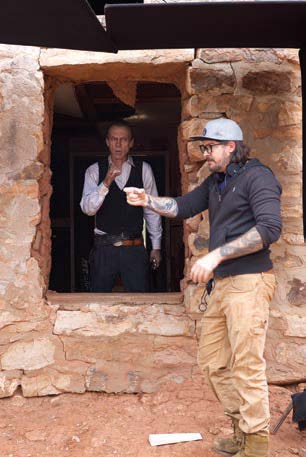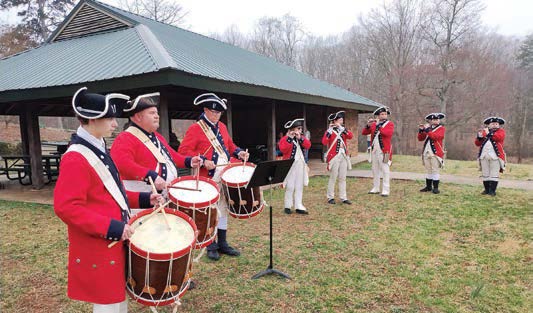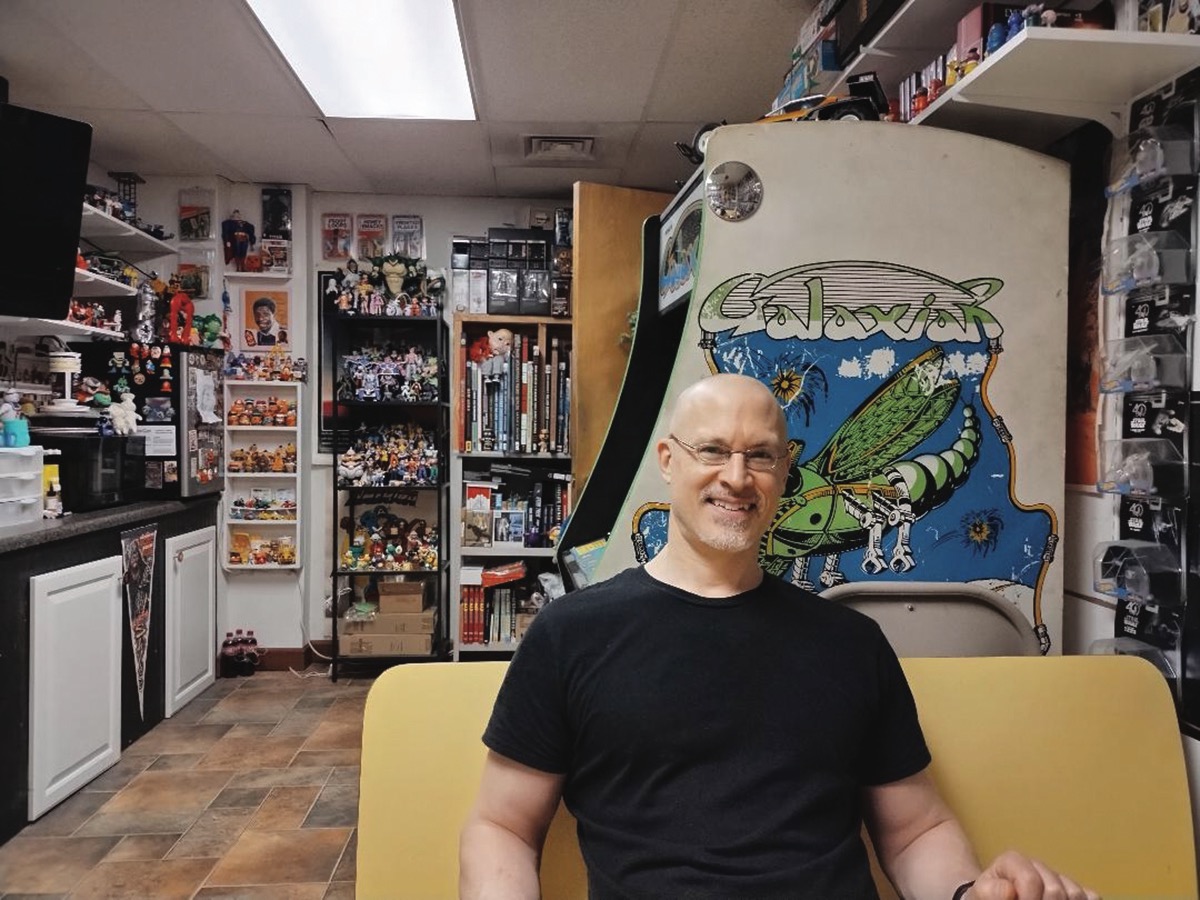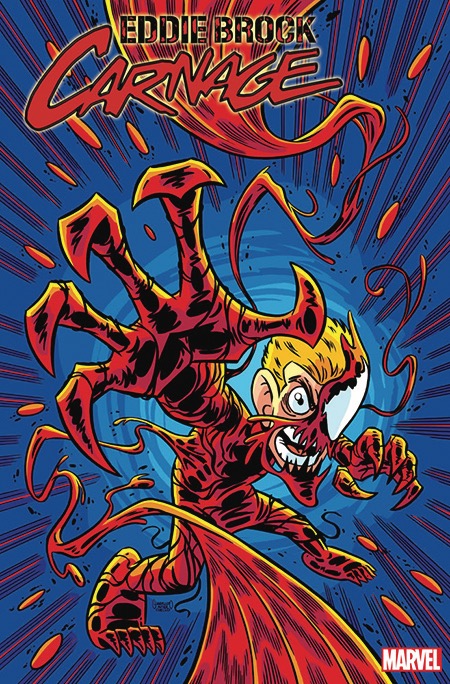Wandering Billy
WANDERING BILLY
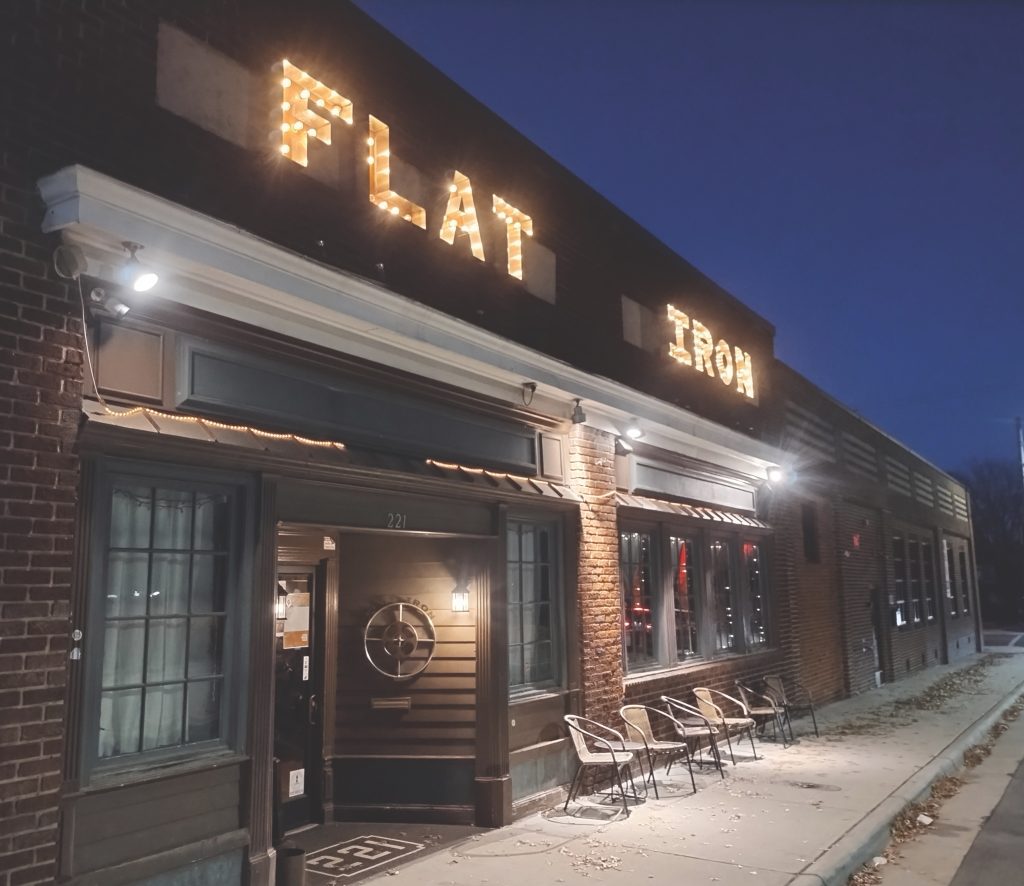
Do You Hear What We Hear?
It’s all about knowing where to listen
By Billy Ingram
“Music is the great uniter. An incredible force. Something that people who differ on everything and anything else can have in common.” ― Sarah Dessen
This Christmas Eve yule find me swinging and swaying on Summit Avenue when the world-renowned Sam Fribush Organ Trio unfurls their firehose of funky jazz gyrations at Flat Iron.
Fribush has proven to be a truly transcendent analog-tronic trouper luxuriating in that funky Philly sound of the ’60s and ’70s with no hint of nostalgia. Nimble fingers soulfully sweep across the keys of antiquated electric Hammond organs, manifesting sounds soaring with vibrant verve typified by Booker T. and the M.G.s’ Green Onions or Billy Preston’s organic tracks, “Outa-Space” and “Will It Go Round in Circles.” In my estimation, Sam Fribush promises to be the most exciting musical talent to surface from our city in this century. Back on American soil after touring Europe, this melodic maestro originally graced our pages in September 2024, you may remember.
Additionally, there’s an embarrassment of musical riches downtown this December at Flat Iron, a rousing roster of folk performers with deep Southern roots dabbling in a variety of genres. Fribush and company aren’t the only confirmed crowd-pleasers at Flat Iron delivering some sizzle to this time of tinsel and tensile kinfolk.
Originally an A&P grocery store in the late 1920s, the Flat Iron building was a derelict by 1997 prior to being done-over by developer Dawn Chaney, who told me, “It was boarded up when I bought it.” For a decade or so, The Flatiron (one word back then) served, and famously overserved, as a dive bar for day drinkers and clipped-winged nighthawks. After a dormant period, Common Grounds’ Dusty Keene resuscitated this space in spectacular fashion to become a live music venue in 2019. Josh King and his wife, Abby Spoon, took over three years ago.
Over a couple of decades, Josh King established himself as a distinguished, singularly gifted local singer-songwriter. When very few area bands were attracting national attention, King and cohorts scored successfully with House of Fools, formed in 2004 after a demo he and Matt Bowers recorded on the fly landed them a deal with California-based Drive-Thru Records. “They had some bigger pop-punk bands on the label and we weren’t that at all.” King confesses he reluctantly hopped on board. “We took the opportunity and ran with it and were able to do some cool stuff.”
That eponymously titled album’s reception, coupled with criss-crossing the country DIY style, resulted in Alternative Press magazine declaring House of Fools one of the “100 Bands You Need To Know in 2006.” Band lineup musical chairs and label leaving preceded House of Fools’ self-released second album in 2011, Versus the Beast. Subsequently, members have since migrated over to other projects.
As for owning a club, that was a concept confined to dinnertime discussions,“not something we actually thought would happen,” King admits somewhat sardonically. “The timing just sort of lined up.” A notion not so far-fetched, given his wife’s years of experience bartending, followed by a considerable career in mental health, both indispensable skills handy for handling honky-tonk habitués.
Small, intimate performance spaces like this, geared toward local and touring up-and-comers, constitute the core of any city’s musical milieu. Flat Iron is where our indie scene beats best. A few December bookings on my list to check off:
á
Promoter Tim Coleman sponsors a night of full-throated folk on December 11, headlined by Bob Fleming and The Cambria Iron Co. One of my favorite singer-songwriters of all time, Fleming’s solo strumming of his punkish confessions caught my ear and eye a decade ago. He possessed a stage presence shrouded with uncharacteristic shyness, a charismatic reluctance belying his Bukowski-esque runes. Now content sharing the spotlight, Fleming is decidedly more relaxed, jaunty even, since settling in with his muse (my supposition, anyway), co-vocalist Dawn Williams, and three fellow travelers. He’s a vocal powerhouse, pouring forth electrified, country-fried, soulful Southern rock.
Raised in Appalachia, Cliff B Worsham opens the evening. A founding member of Asheville metalcore sensation Secret Lives of the Freemasons before launching RBTS WIN, his hip-hop-inspired melodies were once vaguely reminiscent of Elliot Smith. “Then he got sober,” Coleman confides about Worsham’s return to his folk-music roots, “and he’s been doing his Appalachian Americana thing for a couple of years now.” Sandwiched ’twixt those two will be Johnson City’s Jacob Danielsen-Moore, strumming the style of porch music Andy and Opie might be relaxin’ to until Aunt Bee gets wind of his lyrics and chases that stranger back into the hills. Through darkly personal and occasionally twisted scenarios, for the last several seasons, he’s enthralled audiences on the Old Gods of Appalachia tour. “He’s just authentic when it comes to his music,” Coleman rightly declares. “There’s an honesty to what he does that you can connect with.” He’s right.
á
American Songwriter magazine proclaimed Greensboro’s own Abigail Dowd’s “eager vocals are accompanied by toe-tapping instrumentals that create a package of sonic warmth. It’s a friendly reminder that life’s blessings are happening in the here and now.” Dowd’s monthly Singer-Songwriter Series happens every third Tuesday, a fortuitous occasion for those interested in exploring the creative process by sitting in on conversations between working, folk-oriented tunesmiths.
King says Dowd, a self-described “song catcher,” is “bringing in artists she meets out on the road or at conferences. Top-notch talent, they’ll drive here just to do this with her.” Past participants include Dawn Landes (The Liberated Women’s Songbook), Ordinary Elephant, Demeanor, and Gold- and Platinum-record-selling artist Jason Adomo. On December 16, it will be Josh King joining Dowd on stage. “I was writing songs as soon as I learned my first two chords on guitar, in fourth grade,” says King. For an example of his resonate recordings, visit Youtube: Josh King’s Into the Blue.
á
The aforementioned funktastic Sam Fribush arrives on December 23, chock full of Chuck Pinckney’s dynamic drum beats bolstering Will Darity’s spellbinding guitar flourishes, all three freestyle jazz masters. This triumphant triumvirate just returned after 16 packed performances barnstorming across 27 European and U.K. cities. Thanks to Vince Guaraldi, over the last 60 years, jazz has become sonorously synonymous with our holiday soundtrack, on par with Dean and Bing, so the lucky 100 or so attendees can expect a funk-infused feast casually wrapped in rapturous ribbons of radiant tonality. Tickets for this will sell faster than a 1999 Furby.
á
This year, Flat Iron landed a grant from Live Music Society, a nonprofit providing support for smaller venues — “also giving North Carolina artists an opportunity to obtain free assets like a new bio, photo shoots, and live audio and video recording,” Spoon explains. Everything is produced on-site, “so they can do as many takes as they want and both of our engineers are really good at mixing.”
As for Josh King’s extracurricular activities, he recently hosted a House of Fools reunion and periodically jams with The Finns, a highly sought after wedding and corporate confab party band cultivating a sizable fan following.
On the flip side, despite an ideal location and enthusiastic following, that thin line between thriving and barely surviving is minuscule but crucial. Flat Iron would undoubtedly benefit from a benefactor with business bonafides. Leaping into the exciting, every once in a while profitable world of live music? Discuss over dinner.
For other events, visit flatirongso.com.

